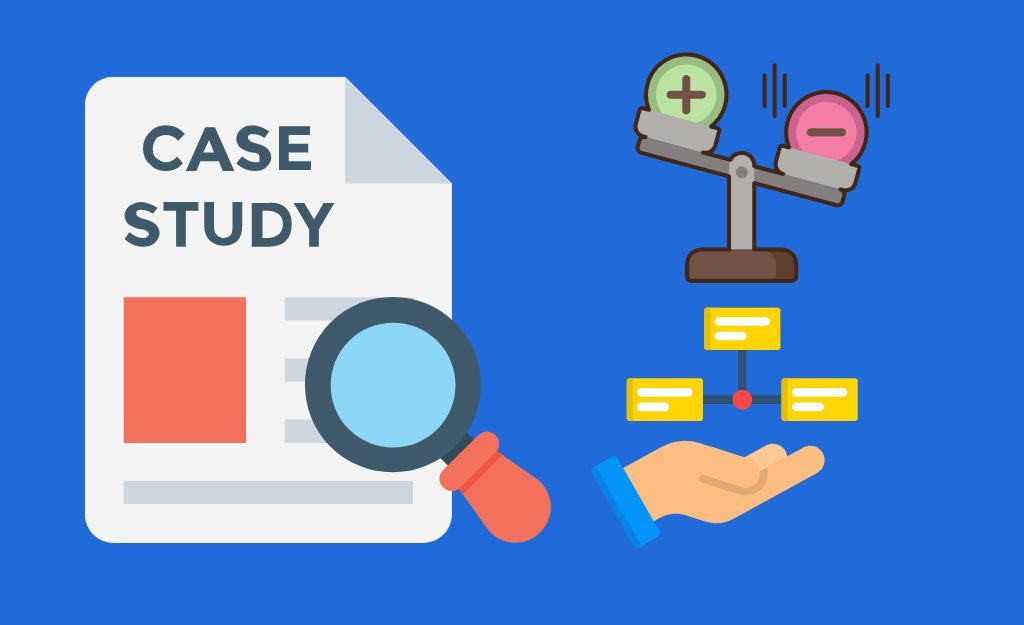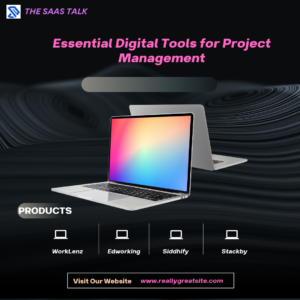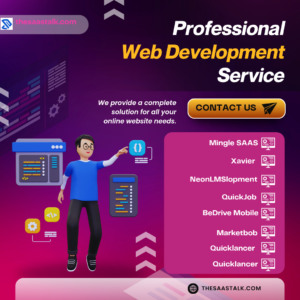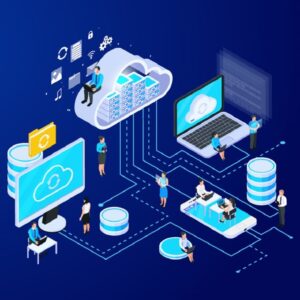Freemium vs Free Trial in SaaS – SaaS start-ups seek sustainable growth. Picking the right customer acquisition model is crucial. Freemium and free trials are the best ways to cut the barrier to entry. They also improve retention in the space. But each suffers from its failures and drawbacks. This will help SaaS companies plan their business strategies around what users want. This blog post will explain the freemium vs free trial models. It will break down their revenue models. It will also share when they fit your SaaS business.
Understanding the Freemium Model
Freemium is a model that provides basic software for free. Users can upgrade to a premium version with more features, functionality, or services. It has emerged as a popular model, as it helps get many users worldwide in a short time.
Advantages of the Freemium Model
More Users:
Freemium lowers the bar and, as a result, fuels up a broad user base. It can be especially useful for young SaaS companies. They are trying to make a name for themselves.
Viral Growth:
Free users can be evangelists for your product. They help spread the word and drive organic growth. This type of marketing is best. It happens through word of mouth (or, in this case, word of moderation). It occurs most often in social and professional networks.
Data:
This is a very big issue. When you have millions of users, you have a wealth of knowledge on how people use the internet. Data helps product developers and marketers target the right audience. It does this by shaping strategies better.
Challenges of the Freemium Model
1. Conversion Rates:
A huge problem with the freemium model is converting free users to paying users. Conversion rates are usually low. The model’s success depends on the fraction of users willing to pay for premium features.
2. Price of no-cost end users:
Support charges protect free customers. They cover infrastructure, customer support, and maintenance. These costs can exceed revenue from premium users.
3. Conversion Rates:
By finding the right balance between free and premium features. Offer a free version even if it is unsellable due to its free limitations. It may help draw in new users. If they offer more, the customer may become satisfied. And on the flip side, if they provide less, the customer may see the upgrade as optional.
Examining the Free Trial Model
This concept follows research on the free trial model. During the trial, you can use the software with all the premium features on the selected plan. Once the trial period has ended, users can opt for a subscription to use the site. It creates FOMO and gives an experience to would-be customers. They feel the effect of what you offer. So, let us further discuss the key components mentioned above.
Advantages of the Free Trial Model
1. Strong Conversion Potential:
Users will have experienced the software’s full power. They can now better see its value. This makes them more likely to become paying customers. A trial will build confidence and show customers that the product is worth it to them.
2. Conventional Leads:
Those who start by asking for a free trial are serious. They are considering a solution for their needs. In other words, leads from a free trial model are better. They are more qualified and closer to buying.
3. Incredible revenue feedback:
This feature lets businesses see. It shows how well their product and pricing strategies are doing. Since its rapid modification and improvement, they can study the conversion rates from trial to paid subscriptions.
Challenges of the Free Trial Model
1. Short Time Frame:
But seven days can go by. Some users may need more time to test a software product. This is especially true for one that takes some work to learn. This can lead to lower conversions.
2. First Commitment:
The user has to first commit to the trial. They must disclose personal information and sometimes even payment details. This makes some people uncomfortable with providing their details in enrollment.
3. Pressure to Convert:
There is constant pressure on the sales and marketing teams to convert trial users before the end of the period. This can cause you to use bold tactics. But they’re likely to push away some of your potential customers.
Comparing Freemium vs Free Trial
Freemium and free trial models have their pros and cons. You should consider many factors. These include your target market, product complexity, and business goals. They will help you decide which model is best for your SaaS business.
1. Target Audience and Product Fit
Freemium: It is great for products with broad appeal and simple functionality. Use it when many users rely on the basics and do not need advanced support.
Free Trial: It is best for products that are more specialized or complex. It is best when users need to see all the features to get the full value. It targets businesses and professionals requiring a complete service offering.
2. Revenue and Monetization Strategies
Freemium: A very large number of users, with a small percentage, adopt a paid version. Monetization may also be in the form of in-app purchases, ads, or partnerships.
Free Trial: It is designed to convert most users quickly. This is mainly through a sales process, follow-up, and custom hand-holding.
3. Customer Support and Onboarding
Freemium: Most freemium models will deliver these onboarding features to all users. However, they will have more basic customer support. This often has information on support centers. It also has details on community forums and basic tutorials. The intention is to give users some resources to get started and use the product to illustrate its value. But, better help and custom onboarding are usually only for paid customers.
Free Trial: These usually include more tailored onboarding processes. They have walk-throughs, webinars, and system resource support. They help users get the most from the product for a whole trial.
Case Studies: Freemium vs. Free Trial in Action

Studying real-life cases is often the best way to understand how models like freemium and free trials work.
1. Freemium Success: Spotify
Spotify is a perfect example of a utility company. It works well with the freemium model. This is how Spotify got millions of users around the world. They did it by providing a huge music database for free, but with ads. Over time, many users chose to subscribe to the premium tier. It removed the ads, added offline access, and enabled better audio. Spotify could scale globally easily. This was thanks to their freemium model. It lets them offer free music through ads or newly created premium subscriptions.
2. Free Trial Success Story: Salesforce
One such platform is Salesforce. It’s a top-notch CRM. It succeeded with the free trial model. Salesforce opens its suite to potential customers. They get a 30-day free trial of the premium services. This testing phase helps businesses. It shows how using the product will affect them. This is great customer service by Salesforce. They want to allow users to use their trial. This meaningful approach has helped Salesforce. They get a great conversion rate and lead the industries.
Also Read: The 14 Ways to Make Money with Chrome Extensions
Conclusion
As always, freemium vs. free trial is not a one-size-fits-all decision. Both have pros and cons. Each is vulnerable in different ways. The fit you choose depends on your product, market, and business goals.
But, the profit equation for freemium and free trials is the key. SaaS companies find a winning strategy by comparing the costs to get a customer. They also look at the P&L implications. It has better user acquisition at the start. It also has more engagement and faster revenue growth. And all at a lower cost.
Success comes down to understanding your users and their needs. Then, you tweak them and the numbers. You can use a freemium, free trial, or a hybrid model. Your goal is to offer value. This will build trust and form lasting customer relationships.
Let us know what you think about this subject! Do you have experience with freemium and free trial models in your B2B SaaS business? Which part of the equation resonated best with you and why? Drop a comment and join the conversation.










